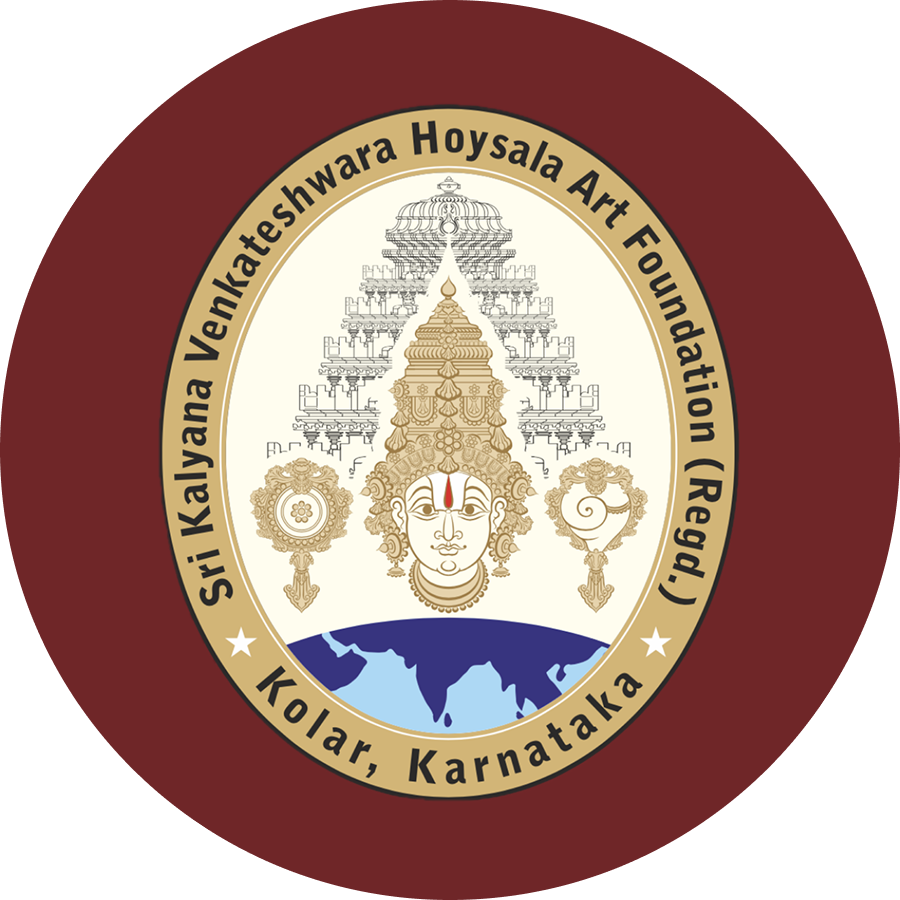
The Beginning
Nangali, a quaint village nestled in Venkatapura, Kolar district of Karnataka, is witnessing an extraordinary event that has never occurred in its recent history, at least not in the past eight centuries. In our current era, where we often struggle to appreciate and preserve our heritage, this village, situated approximately a hundred kilometers away from the bustling city of Bangalore, has just laid the foundation for the largest and most magnificent Hoysala temple ever constructed.
History is poised to be written or perhaps even repeated, but not replicated, as the proposed Kalyana Venkateshwara temple in Nangali Venkatapura village aims to be a harmonious blend of all the architectural brilliance of the Hoysala dynasty, yet remain an entirely original creation.
Aravind Reddy, the Secretary and Treasurer of the Shree Kalyana Venkateshwara Hoysala Art Foundation, aptly describes the vision behind this endeavor, stating, “If the Hoysalas were to build a temple today, they would undoubtedly construct it larger, more magnificent, and unique, just like all the temples they built in the past. That is precisely what we are striving to achieve.”

The task of manifesting a temple with Hoysala-style architecture, which has been largely forgotten, presents a unique challenge. While there are no extant texts or substantial scholarly resources in the country to revive this style, the determination of the individuals involved is unwavering. This monumental endeavor serves as a testament to the grandeur of Hoysala architecture that lay dormant for over seven centuries.
The journey began a decade ago, when a single man named Aravind Reddy harbored a desire to construct a small temple in his own village as a humble offering to the village that lacked one. Inspired by his father, V Ramalinga Reddy, a retired educationist and the current President of the Foundation, Aravind Reddy sought to give back to his community. Alongside his brother-in-law, Keshav Reddy, they contributed their own funds and embarked on this extraordinary endeavor.
Thanks to his close association with people of Karnataka Chitrakala Parishad and his frequent visits to the artisans’ training school at Jogaraoddi, where he came into contact with expert sculptors, there was no doubt about reviving the Hoysala style of architecture through the temple. When his father suggested the idea of building a temple, Mr. Reddy thought, “Why not build it on a small scale and in the way of our own heritage, the Hoysala style?” This thought sparked the desire to revive the architectural heritage. “The heritage architecture has been long forgotten,” he explains. “It has been almost 800 years since the royal patronage ended with the Hoysala Kingdom.” While there are artists who do that kind of work, it often ends up as an art piece on someone’s house or a showpiece somewhere. But Mr. Reddy wondered, “Why not let such artists’ excellence manifest into a temple?” This small thought ten years ago led him to begin the groundwork for the project. From the sculptors to the stone, everything had to be carefully sorted.

